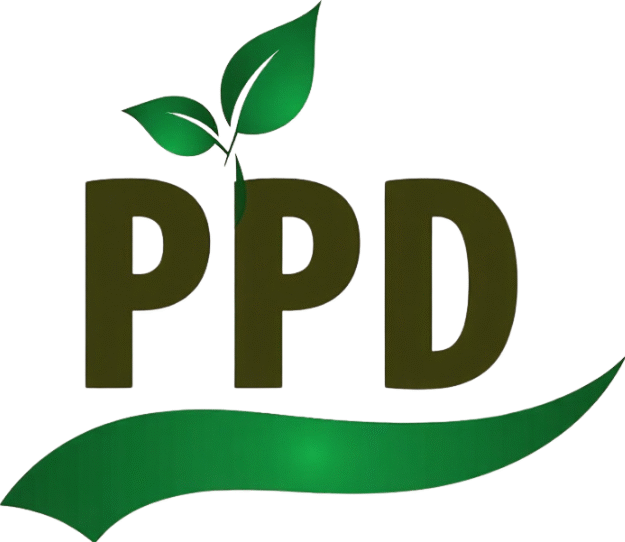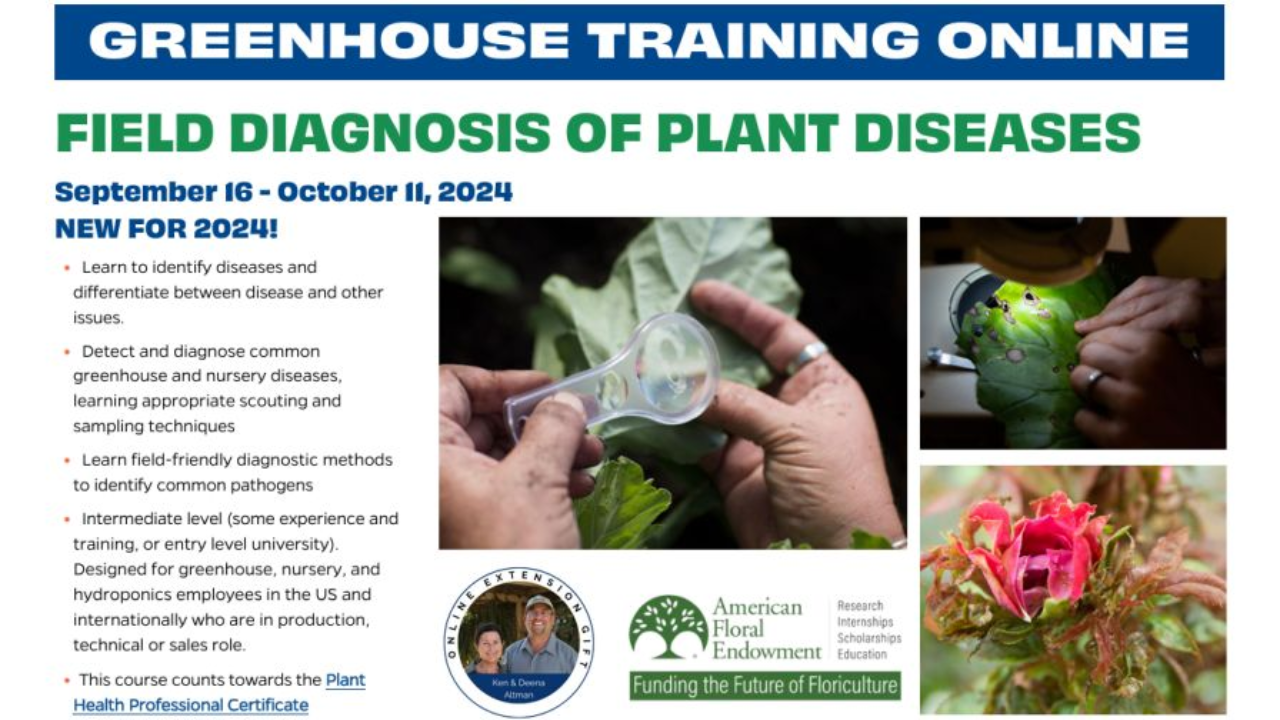
Introduction
In a world where plant pests and pathogens are spreading faster than ever—thanks to global trade, climate change, and expanding agricultural frontiers—early and accurate diagnosis is critical. Traditional lab-based identification is often too slow for real-time pest management. That’s where field diagnostic tools step in. These portable, rapid-response technologies allow farmers, inspectors, and plant protection officers to detect pests and diseases directly in the field, saving crops and curbing outbreaks before they escalate. This article explores the types, uses, advantages, limitations, and future of field diagnostics in plant health.
Why Field Diagnostics Matter in Plant Protection
Identifying plant health problems at an early stage can mean the difference between a minor issue and a nationwide agricultural crisis. Field diagnostic tools bring science to the frontline—making identification faster, cheaper, and more accessible, even in remote areas.
Key Benefits:
- Speed: Results in minutes to hours instead of days.
- Portability: Tools can be used directly in the field without needing a lab.
- Early Detection: Enables immediate response, reducing crop losses.
- Empowerment: Farmers and extension workers can self-diagnose without waiting for expert labs.
Major Categories of Field Diagnostic Tools
| Tool Type | Function & Examples |
|---|---|
| Lateral Flow Devices (LFDs) | Simple dipstick-style tests for specific pathogens (e.g. Ralstonia, Xanthomonas) |
| Loop-Mediated Isothermal Amplification (LAMP) | DNA amplification for specific pests/pathogens in 30 minutes |
| Portable PCR Machines | Advanced gene-level diagnosis (e.g., for viruses, fungi, nematodes) |
| Digital Microscopes | USB/wireless devices to inspect pests, fungal spores, insect larvae |
| Mobile Apps & AI Tools | Image-based pest ID and decision support via smartphone |
Examples of Tools and Their Applications
| Tool/Technology | Use Case |
|---|---|
| Agdia ImmunoStrips | Detection of plant viruses like PVY or Tomato spotted wilt virus |
| Genie III (OptiGene) | Portable LAMP device for bacterial and fungal disease identification |
| PCR on Wheels (Lab-in-a-box) | Mobile labs with thermal cyclers for remote pathogen detection |
| iNaturalist / PlantVillage Nuru | AI-powered apps that help farmers identify visual symptoms |
| USB Digital Microscope | Magnified visualization of pest stages or spores in the field |
Use Cases: Field Diagnostics in Action
1. Viral Detection in Tomato Farms (Vietnam)
Farmers suspected a viral infection in tomatoes. Agdia strips detected Tomato Yellow Leaf Curl Virus within 15 minutes, allowing timely rogueing of infected plants.
2. Locust Nymph Identification (Myanmar Border)
Using portable microscopes and field keys, surveillance teams identified locust nymphs before a swarm developed, triggering a localized control campaign.
3. Banana Wilt in Central Africa
LAMP testing kits were distributed to field officers, enabling rapid diagnosis of Xanthomonas wilt, significantly reducing spread in newly affected areas.
Strengths and Limitations of Field Diagnostic Tools
| Strengths | Limitations |
|---|---|
| Rapid diagnosis | Some tools detect only a limited range of pests |
| No lab infrastructure needed | Requires initial training and correct sample handling |
| Enables decentralized pest response | Diagnostic accuracy may vary with environmental conditions |
| Suitable for remote and low-resource areas | Reagents and tools can be costly for smallholder farmers |
| Empowers local decision-making | Limited ability to store or interpret large data sets without apps or cloud |
Key Considerations for Deployment
1. Tool Selection Based on Context
- Use basic LFDs for routine detection.
- Deploy LAMP or PCR for complex or regulated pests.
2. Training and Capacity Building
- Field users must be trained on sample collection, tool usage, and interpretation of results.
3. Data Integration
- Connect diagnostic results to pest surveillance platforms for better decision-making and early warnings.
4. Maintenance and Supply Chains
- Ensure tools are maintained, and consumables (test strips, reagents) are consistently available.
5. Regulatory Acceptance
- Diagnostics used for export or quarantine decisions must be validated and accepted by NPPOs.
Overview Table: Common Field Diagnostic Tools
| Tool Type | Pest/Pathogen Detected | Time to Result | Skill Level | Field Suitability |
|---|---|---|---|---|
| Lateral Flow Devices | Viruses, bacteria | 10–15 mins | Low | High |
| LAMP Kits | Fungi, bacteria, viruses | 30–60 mins | Medium | High |
| Portable PCR | Viruses, nematodes, fungi | 1–2 hours | High | Medium |
| Digital Microscope | Insects, mites, spores | Immediate | Low | High |
| AI Mobile Apps | Visual pest symptoms | Instant | Low | Very High |
The Future of Field Diagnostics
The next generation of diagnostic tools will be faster, smarter, and more integrated. Emerging trends include:
- Cloud-linked devices that automatically sync results to national surveillance systems.
- AI-enhanced image recognition that accurately diagnoses diseases using just a smartphone photo.
- CRISPR-based detection methods that offer ultra-specific identification in less than 15 minutes.
- Farmer-friendly diagnostic kiosks in local markets equipped with plug-and-play devices.
These innovations will make plant health diagnostics more democratic, accessible, and efficient—especially in developing regions.
3 Best One-Line FAQs
Q1. What are field diagnostic tools used for in agriculture?
They help identify plant pests and pathogens quickly and accurately directly in the field.
Q2. How do LAMP and PCR tools differ?
LAMP is faster and simpler, while PCR offers more precise gene-level identification but needs more equipment.
Q3. Can farmers use these tools without expert help?
Many tools like test strips and mobile apps are designed for easy use with minimal training.

